Cooking a delicious lamb leg is an art form that combines precision, patience, and a keen understanding of flavors. Lamb dishes have been a staple in culinary traditions across the globe, from the rich stews of Mediterranean countries to the roasted joints of British pubs. A well-cooked lamb leg can be the highlight of any meal, offering tender, juicy meat that melts in your mouth and a beautiful caramelized exterior that tantalizes your taste buds. In this comprehensive guide, we’ll explore various techniques, ingredients, and tips to help you master the art of cooking a lamb leg that will leave your guests asking for seconds.
Understanding Lamb Leg Varieties
Before diving into the cooking process, it’s essential to understand the different types of lamb legs available. Lamb is typically categorized based on its age and feeding process:
-
Baby Lamb or Milk-Fed Lamb: This is the youngest category, usually less than three months old. The meat is very tender and mild in flavor, with a delicate pink hue.

-
Young Lamb: Between three and six months old, this lamb has a slightly firmer texture but remains tender. Its flavor is slightly stronger than baby lamb.
-
Adult Lamb or Mutton: This refers to sheep older than one year. The meat is generally tougher and has a stronger, more gamey flavor. It requires longer cooking times to tenderize.
For roasting, young lamb legs are preferred due to their tender texture and balanced flavor. However, with the right cooking method, even adult lamb can be transformed into a succulent dish.
Selecting the Perfect Lamb Leg
When choosing a lamb leg, look for the following qualities:
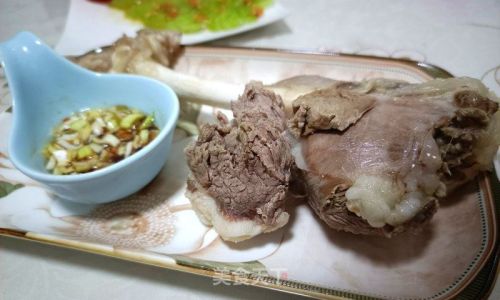
- Color: The meat should have a bright, cherry-red color with a layer of fat that is white and firm.
- Marbling: Some fat marbling within the meat is desirable as it adds flavor and moisture during cooking.
- Smell: Fresh lamb should have a mild, sweet aroma. Avoid any that smell sour or have an off-putting odor.
- Source: If possible, opt for grass-fed lamb, which tends to be healthier and has a more nuanced flavor profile.
Preparing the Lamb Leg
-
Trimming Fat: While some fat is beneficial for flavor and moisture retention, excessive fat can make the dish greasy. Trim off any excess fat, leaving a thin layer to baste the meat during cooking.
-
Seasoning: Seasoning is crucial to building flavor in the lamb. A basic rub of salt, pepper, garlic powder, and rosemary can work wonders. For more complex flavors, consider a blend of spices like cumin, coriander, paprika, and a hint of chili flakes.
-
Marinating (Optional): For deeper flavor penetration, marinate the lamb leg overnight in a mixture of olive oil, lemon juice, minced garlic, fresh herbs, and your choice of spices. This step is particularly effective if you’re using a less tender cut.
Cooking Techniques
There are several methods to cook a lamb leg, each yielding different results in terms of texture and flavor. Here are some popular techniques:
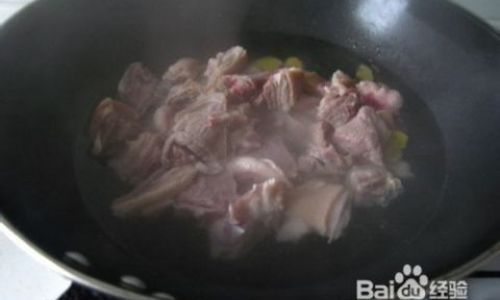
-
Roasting:
- Preheat the Oven: Preheat your oven to 350°F (175°C).
- Sear the Meat: Before roasting, sear the lamb leg on all sides in a hot oven-safe skillet with a bit of oil. This creates a beautiful crust and locks in juices.
- Roasting Time: Place the seared lamb leg in a roasting pan, fat side up. Roast for approximately 1.5 to 2 hours, depending on the size and desired doneness. Use a meat thermometer to check for an internal temperature of 145°F (63°C) for medium-rare or 160°F (70°C) for well-done.
- Basting: Every 30 minutes, baste the lamb with pan juices or a mixture of melted butter, garlic, and herbs for added flavor.
-
Slow Cooking:
- Low and Slow: For a more tender, fall-off-the-bone texture, slow cook the lamb leg at a low temperature, around 250°F (120°C), for 4 to 6 hours.
- Liquid: Add a small amount of liquid to the slow cooker, such as broth, wine, or beer, to keep the meat moist.
- Aromatics: Include aromatic vegetables like onions, carrots, celery, and garlic for added depth of flavor.
-
Grilling:
- Indirect Heat: Use indirect heat on your grill, placing the lamb leg on one side and keeping the other side off. This allows for even cooking without burning the exterior.
- Wood Chips: For a smoky flavor, soak wood chips in water for an hour and then place them on the hot side of the grill.
- Grilling Time: Grill for about 1.5 to 2 hours, turning occasionally and basting with a barbecue sauce or a mixture of olive oil, herbs, and lemon juice.
-
Pressure Cooking:
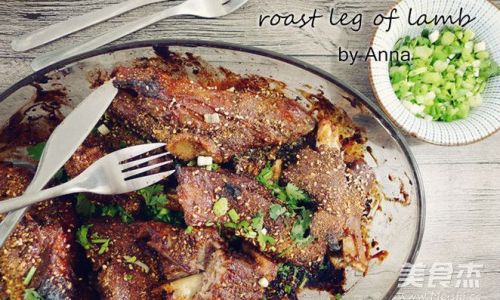
- Quick and Tender: Pressure cookers can tenderize even the toughest cuts of lamb in a fraction of the time. Cook on high pressure for about 45 minutes to an hour.
- Natural Release: Allow for a natural pressure release to ensure the meat stays tender and juicy.
- Finishing: Finish under the broiler for a crispy exterior if desired.
Finishing Touches
Once the lamb leg is cooked to perfection, there are a few finishing touches that can elevate your dish:
- Resting: Let the lamb rest for at least 15-20 minutes after cooking. This allows the juices to redistribute, ensuring each bite is juicy and flavorful.
- Garnishing: Serve with a sprinkle of fresh herbs like parsley, thyme, or rosemary. A squeeze of lemon juice can also brighten up the flavors.
- Sauces: Accompany your lamb leg with a variety of sauces. A classic mint jelly or a rich red wine reduction can complement the meat beautifully. For a more rustic touch, try a garlic and herb yogurt sauce.
Serving Suggestions
A well-cooked lamb leg can be the centerpiece of a festive meal. Here are some serving suggestions to create a memorable dining experience:
- Sides: Pair your lamb leg with hearty sides like roasted vegetables, garlic mashed potatoes, or couscous. A fresh green salad can provide a refreshing contrast.
- Wines: Lamb pairs well with full-bodied red wines like Cabernet Sauvignon, Merlot, or a robust Shiraz. For white wine lovers, a rich Chardonnay or Viognier can also complement the dish.
- Atmosphere: Set the table with warm lighting, good music, and a cozy ambiance to make the meal feel special.
Conclusion
Cooking a delicious lamb leg is a rewarding culinary endeavor that combines technique, patience, and creativity. By understanding the different types of lamb, selecting the perfect cut, and mastering various cooking methods, you can create a dish that is both visually stunning and bursting with flavor. Whether you prefer the simplicity of a roasted lamb leg or the complexity of a slow-cooked masterpiece, the key is to experiment, enjoy the process, and let your taste buds guide you. Happy cooking!
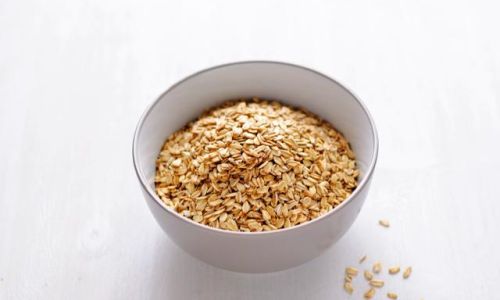
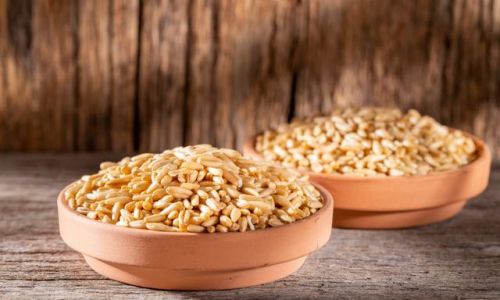
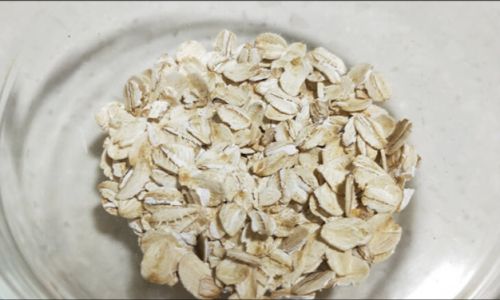
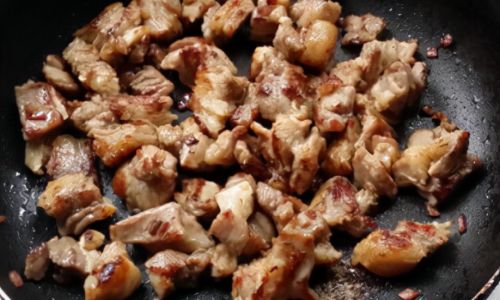
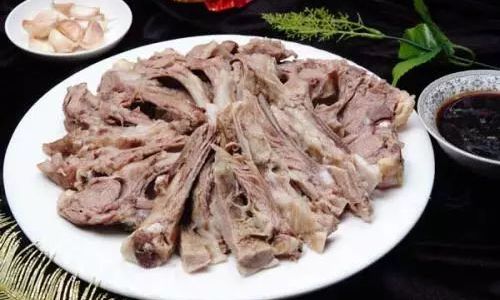
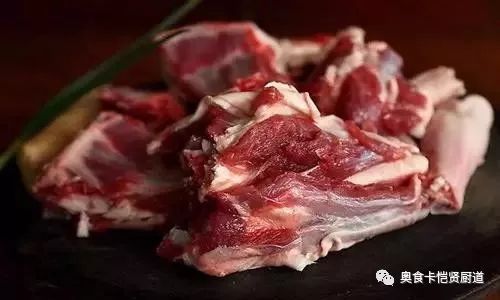
0 comments